Tucked away in the serene wilderness of North Sikkim, the village of Lum – Lower Dzongu is a pure, lesser-known village that’s perfect for anyone looking to escape the busyness of modern life. It’s located on the southern edge of the Lower Dzongu area, about 50 kilometers from Gangtok and 35 kilometers from Singtam. This small Lepcha community is surrounded by lush forests, vibrant orange groves, and traditional Lepcha homes, making it a lovely retreat for eco-tourists and cultural enthusiasts alike.
Since Dzongu is recognized as a Lepcha heritage reserve, Lum is exclusively inhabited by the local Lepcha people. Their rich traditions, simple way of life, and deep respect for nature are fully embraced in the village, creating a unique and meaningful experience for visitors.
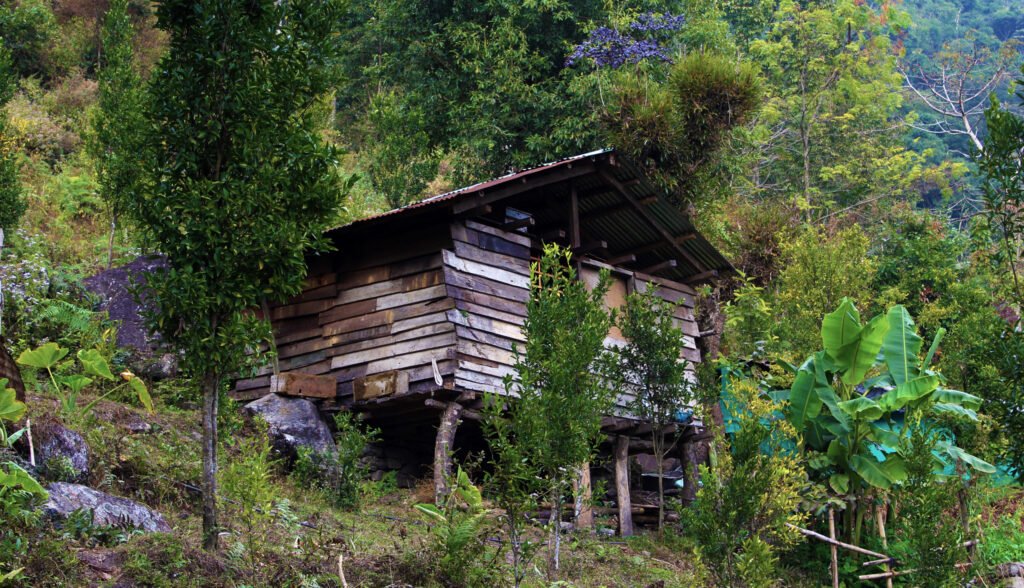
Why Visit Lum – Lower Dzongu?
Scenic Beauty and Serenity
Lum – Lower Dzongu A Lesser-Known Village and sparsely populated is nestled in the verdant Himalayan foothills. It is considered as a haven of tranquility. Here, you’ll discover organic farms, a glistening waterfall, traditional huts, a serene community monastery, and breathtaking panoramic views that shift with the sun’s rays. The only road accessible by vehicles traverses the crest of the Teesta river dam, linking this isolated village to the bustling main highway.
Note: The monsoon season brings the risk of landslides—plan your visit between October and May for better access and clearer skies.
Top 5 Things to Experience in Lum – Lower Dzongu, North Sikkim
Taste Organic Food & Traditional Brews
The people of Lum lead a life closely tied to the earth. They eat farm-fresh organic food. Their animals graze freely on open pastures. They enjoy seasonal produce, especially abundant oranges. Make sure you taste their sun-ripened oranges – bursting with sweet, tangy flavor.
- Chee – a locally fermented millet drink.
- Aarack – a homemade brew crafted from the bark of cinnamon plants.
Interestingly, both drinks are completely organic while remaining a cherished part of local hospitality.
Immerse in Lepcha Culture & Folklore
Lum is not just a scenic retreat—it’s a cultural treasure. The Lepcha community holds the area in immense spiritual regard, and ancient traditional homes dot the village, reflecting their unique architectural style and lifestyle. Every corner of the village has a story rooted in Lepcha myths, oral histories, and spiritual teachings.
Village Walks with Mountain Views
Surrounded by forested ridges, waterfalls, and birdsong, Lum invites you to slow down. Walk through the village paths, observe local life, and soak in the peace that only untouched nature can offer. It’s a paradise for nature lovers, photographers, and anyone seeking a mindful escape.
Trek to Lingtyang Village
For those seeking light adventure, a trek from Lum to Lingtyang—one of the remotest villages in Lower Dzongu—is a must. Home to a small Lepcha community and the old Nyingmapa Manilakhang Monastery, the trail offers pristine views and excellent birdwatching opportunities.
Hike to Sungdong Kung Viewpoint
Sungdong Kung Viewpoint, a mere hour’s walk from Lum, offers a stunning bird’s-eye view of the village below, the waterfall flowing overhead, and the nearby mountain communities. This makes it an ideal spot to relax, take in the scenery, and appreciate nature’s beauty.
How to Reach Lum – Lower Dzongu
Getting to Lum requires a bit of effort, but the journey is part of the adventure:
- Nearest Railway Station: New Jalpaiguri (NJP)
- Nearest Airport: Pakyong Airport (PKY)
- Alternate Airport: Bardogra Airport(IXB)
NJP/Bagdogra:
Take a shared or private cab to Gangtok or Singtam.
From Singtam or Gangtok:
Catch a shared taxi to Dikchu. From Dikchu, hire a local cab to Lum, which will cost around ₹400.
Final Thoughts
A visit to Lum – Lower Dzongu isn’t just a trip—it’s a journey into another way of life. From tasting homegrown food and breathing crisp mountain air to learning about age-old Lepcha traditions, every moment here is deeply grounding. If you’re looking to disconnect from digital noise and reconnect with nature, culture, and simplicity—Lum awaits with open arms.
- Best Places to Visit in Lachen: A Complete Travel Guide to North Sikkim’s Hidden Gem
- Exploring the Sacred Temples and Monasteries of Sikkim: A Spiritual Journey Through the Himalayas
- Unveiling Sikkim’s Hidden Gems: 15 Offbeat Destinations for the Curious Traveler
- Exploring Gangtok : The Vibrant Capital of Sikkim
- Exploring Sikkim in 2025: Best Tourist Destinations, Food, Culture & Adventure in the Himalayas

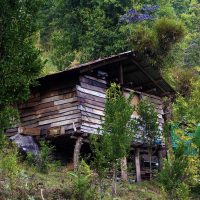
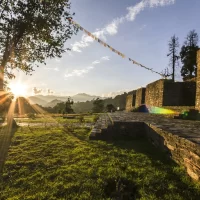
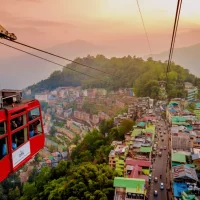
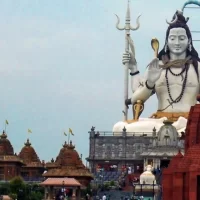

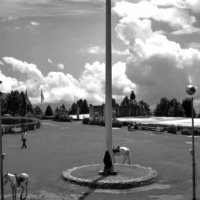
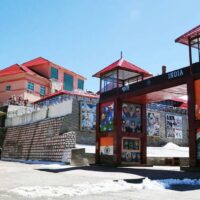
This is one of the most well-written and truly unique articles I’ve come across on Sikkim tourism. The depth of detail, fresh perspective, and local insights made it stand out from the usual travel content. It felt like more than just a guide—it was an experience in itself. Thank you for sharing something so informative and original!
Thank you so much for your wonderful feedback!
We’re thrilled to hear that the article resonated with you on such a meaningful level. At Serene Sikkim, we aim to go beyond surface-level travel tips and truly capture the heart of Sikkim—its culture, people, and untold stories. Your kind words motivate us to keep creating content that’s both informative and immersive. We’re so glad you found it to be more than just a guide—because for us, Sikkim is more than just a destination.
Warm wishes,
Team Serene Sikkim